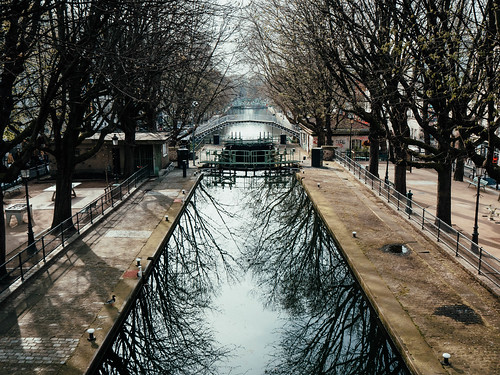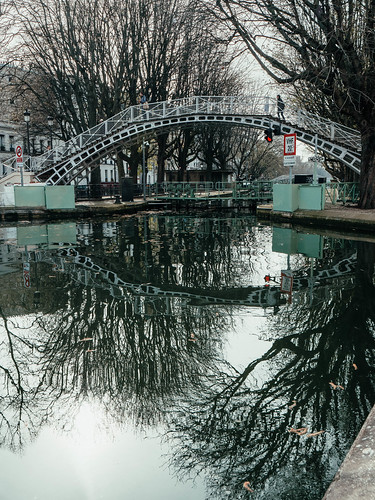Robert Farley has replied to my recent post on the obsolescence of naval power. Unlike our previous exchange, a pile-on where I was (as he points out) in a minority of one, Robert’s tone is mostly civil this time, and I intend to reciprocate. Our disagreements have narrowed a fair way. On many points, it’s a matter of whether the glass is half-full or half-empty.
For example, Farley observes that despite Houthi attacks, 2 million tonnes of shipping per day is passing through the Suez canal. I’d turn that around and point out that 4 million tonnes of shipping per day has been diverted to more roundabout routes. However, since we agree that naval authorities overstate the macro importance of threats to shipping lanes, we can put that point to one side.
A more relevant case is that of China’s capacity (or lack thereof) to mount a seaborne invasion of Taiwan. I said that China has only a handful of modern landing craft and that their announced plan relies on civilian ferries. Farley points out that China has constructed 16 large, modern amphibious assault vessels in the past 18 years, with more on the way. That’s more than might normally be implied by the word “handful”, but not in a way that meaningfully challenges my argument.
According to Robert’s link, the ships in question can carry 800 troops, or about 10 000 if all of them were used. That’s enough to do a re-enactment of the Dieppe raid, but not to play a major role in an invasion of a country with a standing army at least ten times as large. And the implied rate of construction (one per year) suggests this isn’t going to change any time soon. This leisurely approach is consistent with the CCPs need to maintain a public position that it is willing and able to reunite with Taiwan by force, along with a private recognition that this isn’t possible and wouldn’t be wise if it were.


